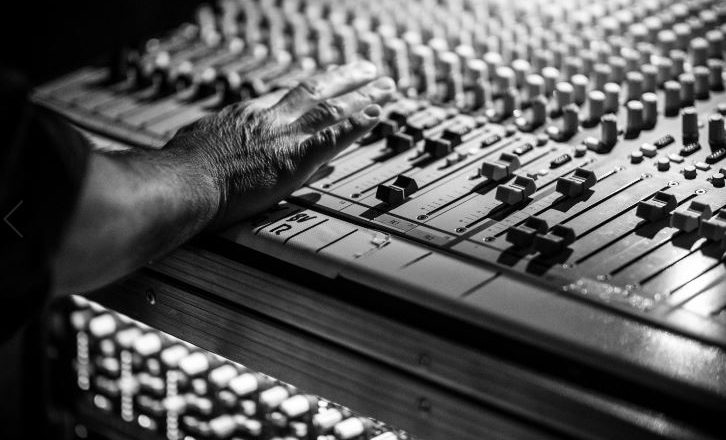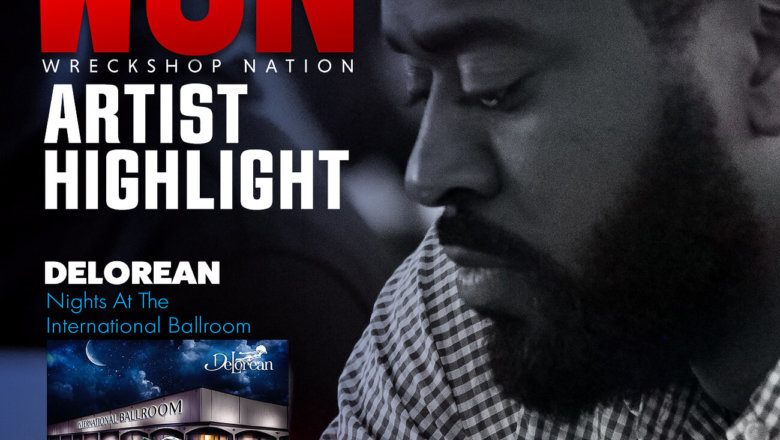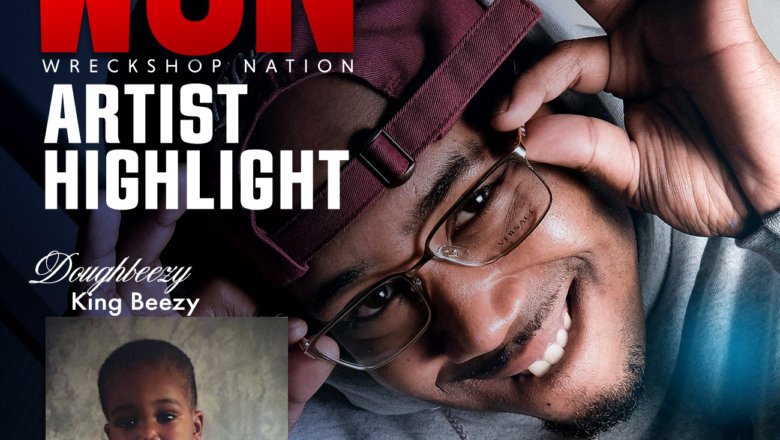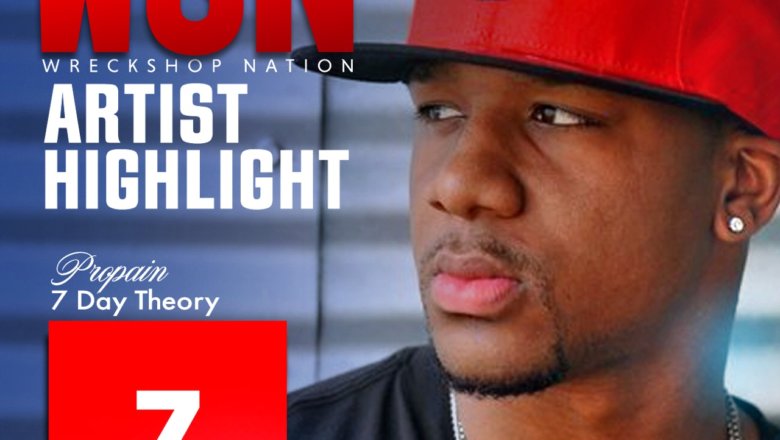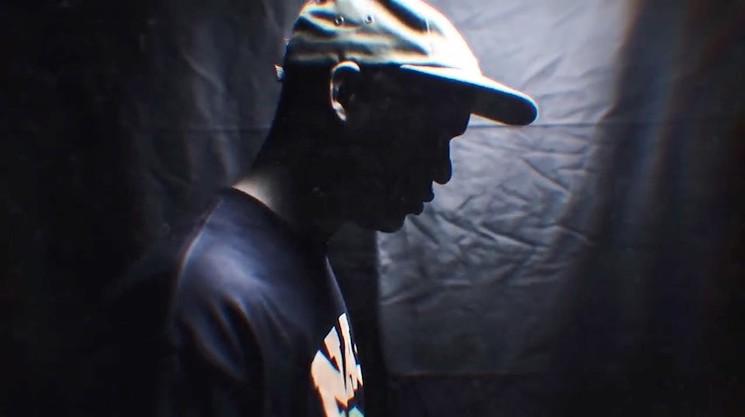The media often portrays a career in rap, as a career that is easy to achieve. These days it may be easy to think that all you need to succeed is a microphone and a passion for hip-hop. What a lot of passionate young rappers fail to see is all the work that goes behind the scenes. The truth of the matter is that overwhelming passion by itself is not enough to head straight to the top. The Hip Hop industry is a harsh and unforgiving workspace that has a history of spitting out even the most passionate aspiring rap gods to be.
Don’t be Discouraged
Pursuing a career in rap like many other dreams comes at a cost. A job in Hip Hop demands early experiences that many aspiring stars can find discouraging. Be open to every opportunity that comes your way and be realistic about your initial expectations. Being an “overnight success” is extremely rare. Don’t obsess over the idea where you believe your career should shoot you straight to the top. Success simplify does not work that way no matter how skilled you are in your profession.
Recognize the Details
You must prove that you are skilled in the entertainment agency to be rewarded. Many rookie artists jump the gun by feeling entitled, because of the praise they receive. This is a dangerous feeling that stunts career growth. Even the very best rap stars have others helping them to stay relevant. Concert promoters, production teams, and business managers all have a hand in raps star’s success. Becoming big in the rap industry is a group effort, so you have to ultimately always be trying to prove to others you are worth the investment of their time.
Don’t Be Afraid to Get A Helping Hand
Yes, you should be eager to invest time in your projects yourself, but you should look to others to cover your weak spots. Every rap artist has areas they are weak in, whether or not they admit it to themselves. The most successful artists listen to their team and take in all feedback from critics to stay relevant with the completion. Rookie artists tend to make the mistake of being very narrow side of what their idea of what close success is.
The best way to avoid this mindset is to reprioritize your goals for the industry. Instead of having goals that focus on the short-term aspects of success in the career, make a goal that remains ongoing at all times. For example, instead of thinking “How can I be a rap star?” focus on a goal that continues to be relevant over a long period of time. Goals that remains relevant over time encourage improvement, and as a result, you will stay hungry for success.

